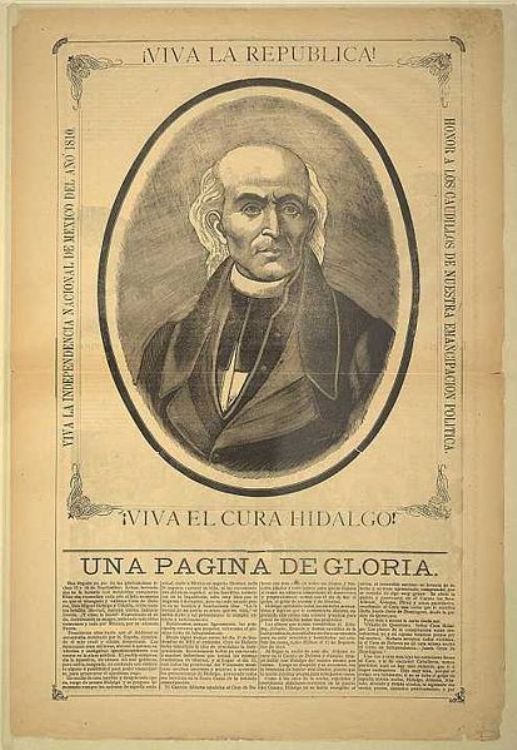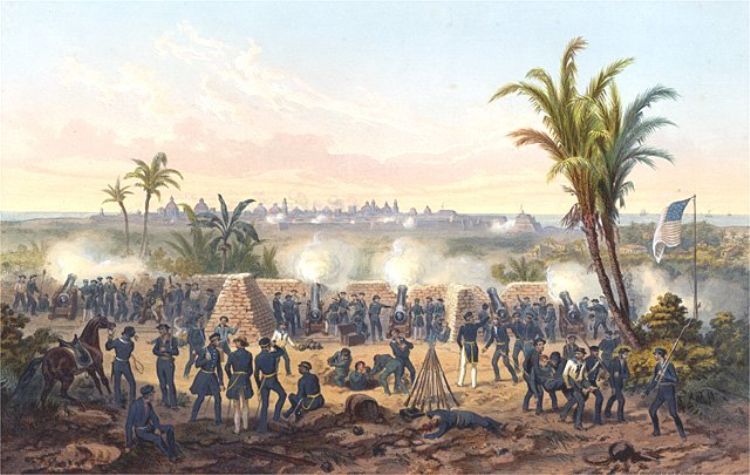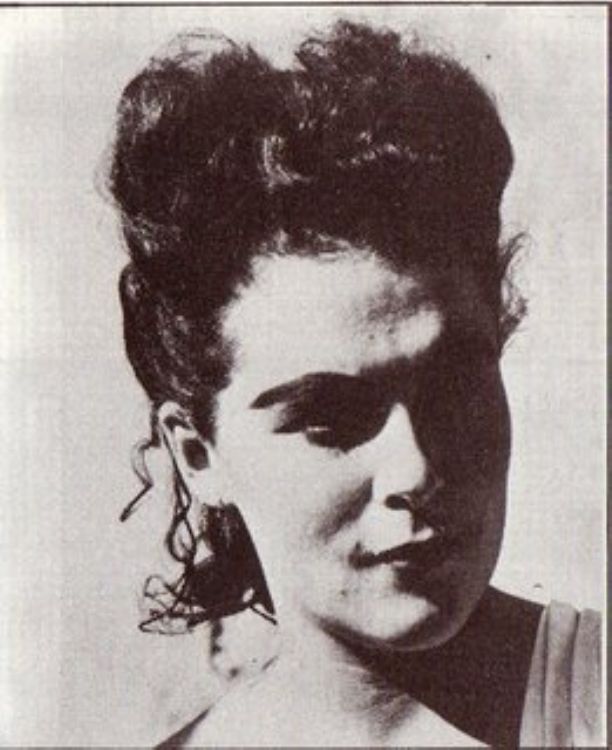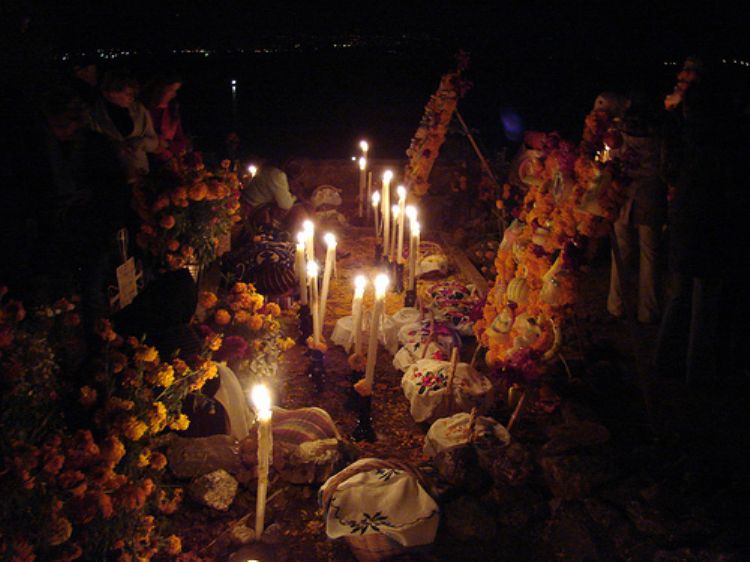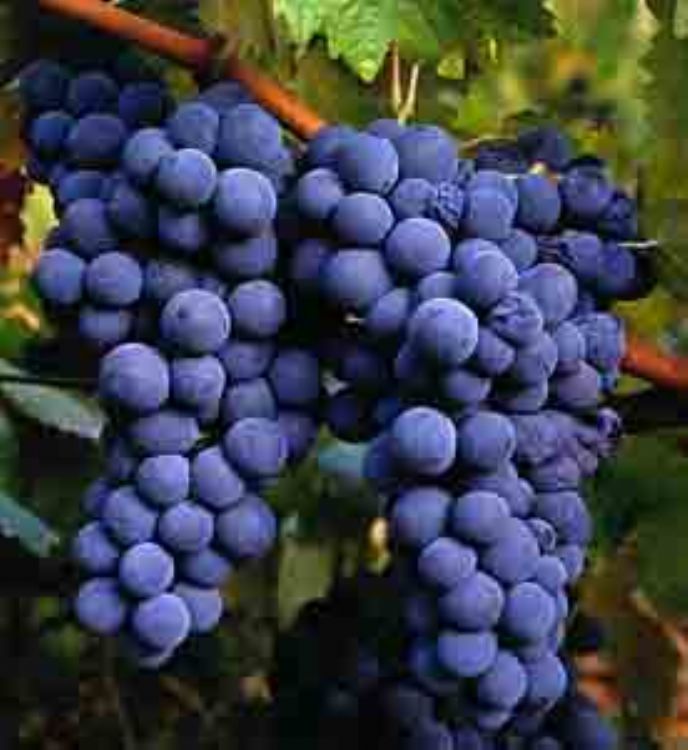The Revillagidedo Islands
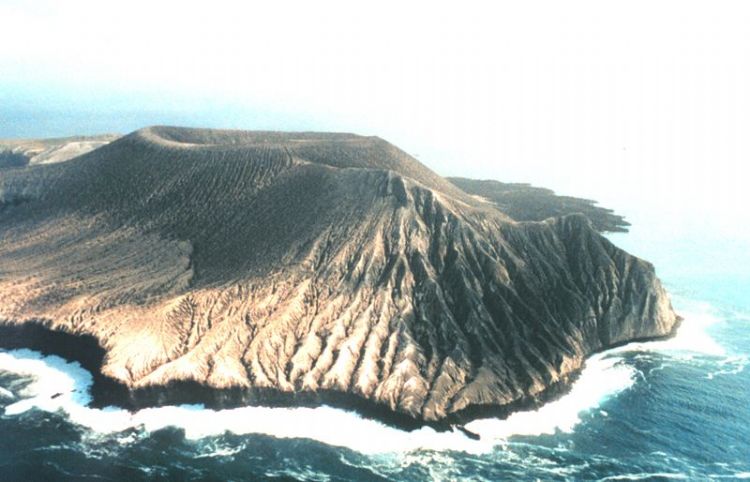
The Revillagigedo Islands are considered a Biosphere Reserve by UNESCO, by presidential decree the recognition took place on June 6, 1994. They are in the State of Colima, to the west of Manzanillo and their official name is Revillagigedo Archipelago, its territory measures 636,685 hectares. It is conformed by various islands; Carrion Island, San Benedicto Island, Socorro Island and an islet called Roca Partida.
The discovery of the Archipelago by the Spaniards was gradual, the first islands were seen in 1533 and the last islet in 1615. Hernando de Grijalva baptized Socorro Island, Joris Spielbergen the Santa Rosa or Clarion Island in 1615, Ruy Lopez de Villalobos baptized San Benedicto Island, and the Roca Partida islet was discovered in 1569.
According to the custom of the Spanish sailors and discoverers, the exploration of the colonial territory had to be registered as faithfully as possible, using nautical charts and maps, they made the islands known to the world in 1793. The explorer that officially registered them, Captain James Colnett, wanted to honor the then Viceroy of New Spain, Don Juan Vicente de Güemes Pacheco de Padilla, who was Second Count of Revillagigedo.
Due to the fact that it was difficult to control territorial waters, the commercial competition brought North American and English ships to the archipelago, especially in search of whale hunting. However, it is registered that the region became recognized for its great variety of species with a beauty unparallel to other fishing regions, besides the existence of little known animal and vegetable species on land.
During the presidency of Benito Juarez, there was a decree granting the State the regionâs rights of exploitation. For commercial or biological interest, the islands have always had many visitors; explorers, scientists, athletes, documentary makers, and it isnât odd, since it has one of the countryâs most important ecosystems. For their safeguard, national and international organisms have recognized them as protected natural resources; the Ramsar Convention of 2004 enlists them as one of the most important wetlands worldwide.
The islands are a natural document in the Earthâs evolution; their volcanic origin makes their soil naturally rich. Socorro Island keeps Evermann volcano active in a small scale, still exhaling sulfur and emanating mineral rich thermal waters.
The ecosystem hosts 16 species of land birds, as well as species of that place such as fish and plants. Among the most impressive are giant stingrays, sharks, whales and turtles sharing their habitat with the jungle of fig, guava trees and prairies. For those who like a closer look, it is possible to find endemic species of fungi and moss the reptiles feed on and in the depth of the sea there is a great variety of colorful plants where fish and crabs hide.
Turtles are the queens of the Archipelago, hosting four species: golfita, leatherback, green and hawksbill turtles. There arenât any high plants, although its brushes host owls, crows, boobies birds and frigates.
It is a protected area; hence ecotourism has developed activities as diving, walking and camping.
Artículo Producido por el Equipo Editorial Explorando México.
Copyright Explorando México, Todos los Derechos Reservados.
Foto: Wikipedia.Org

